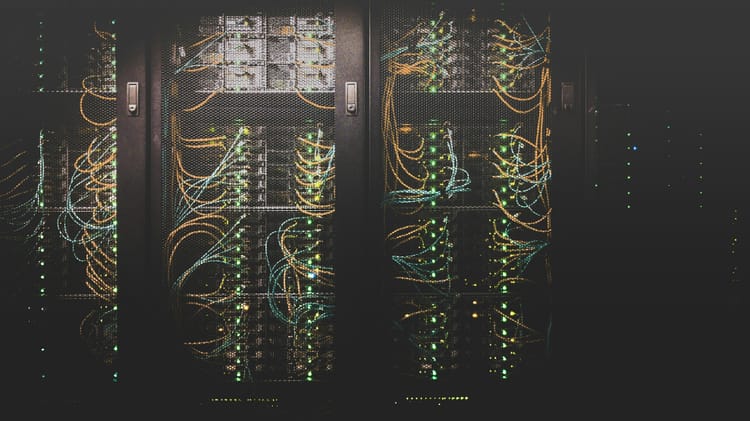US not on track to meet 2030 wind goal

The U.S. will fall short of the Biden administration’s 2030 offshore wind goal but is likely to catch up in the following years, according to an analysis by the industry group American Clean Power Association (ACP) published Tuesday.
ACP projected there will be roughly 14 gigawatts (GW) of offshore wind capacity along U.S. coastlines by 2030, falling short of the 30 GW goal laid out by the administration in 2021.
Soaring material costs, high interest rates, and supply chain hiccups have led several offshore wind companies in the past year to seek to renegotiate contracts or in some cases, cancel planned projects, casting doubt on the industry’s ability to meet the goal.
“The significant adverse developments from supply chain challenges, leading to delays in the project schedule, and rising interest rates have led us to this decision,” Mads Nipper, CEO of renewables developer Ørsted, said in a statement announcing the cancellation of two wind projects.
There are 174 megawatts (MW) of offshore wind capacity currently installed in the U.S., up from just 42 MW a year prior, according to the ACP. There is currently more than 12 GW in development or under construction, the report said.
The industry is on track to invest $64 billion in projects by 2030 and create over 50,000 jobs, according to the report. The ACP expects the U.S. to reach the 30 GW target by 2033 and reach almost 40 GW by 2035.
When Biden signed the 2022 Inflation Reduction Act, it was intended to set off a boom in renewable energy due to hefty tax breaks that would make solar and wind power cheaper than fossil fuels. However, while the solar industry is soaring, wind power is struggling. The U.S. now adds less wind capacity annually than before the law was passed.
Aside from supply chain snarls, wind power is almost more vulnerable than solar power to many logistical issues plaguing energy infrastructure in the U.S.: a lack of transmission lines, growing backlash against new projects in many communities, and a lengthy permitting process, to name a few.
Many plans for shifting the U.S. away from fossil fuels involve a large expansion of both solar and wind, because they generate energy at different hours and often complement each other. A boom in solar power alone is not enough, experts say.
Costs impeding clean energy boom
The cost increases have devastated offshore wind projects, especially in northeastern U.S. Developers have cancelled more than half the wind projects they planned to build this decade.
It’s not just the U.S.: While a record 117 GW of new wind capacity entered the grid last year globally, the vast majority of that growth was in China. In the rest of the world, developers were not installing wind turbines any faster than in 2020.
A separate report released Tuesday by Clean Energy Associates found that solar panel prices could increase by as much as 66% if the U.S. enacts new tariffs on imports from Southeast Asia. The proposed duties would target solar cells and modules from Malaysia, Cambodia, Vietnam and Thailand.
It comes after some of the world’s biggest solar equipment makers in April asked the Biden administration to impose tariffs on those imports to protect billions of dollars of investments in U.S. manufactured goods.
But according to the CEA’s analysis, prices on U.S.-made solar panels could rise by 10 cents per watt (45%) to 32 cents per watt, while the cost of imported modules could rise by 15 cents per watt (66%) to 40 cents per watt.
Soaring costs could threaten solar projects and impede efforts leveraging clean energy to make a reasonable dent in greenhouse gas emissions, the firm said.
Still, solar panel installations are climbing to record highs in the U.S., as is battery storage.







Member discussion